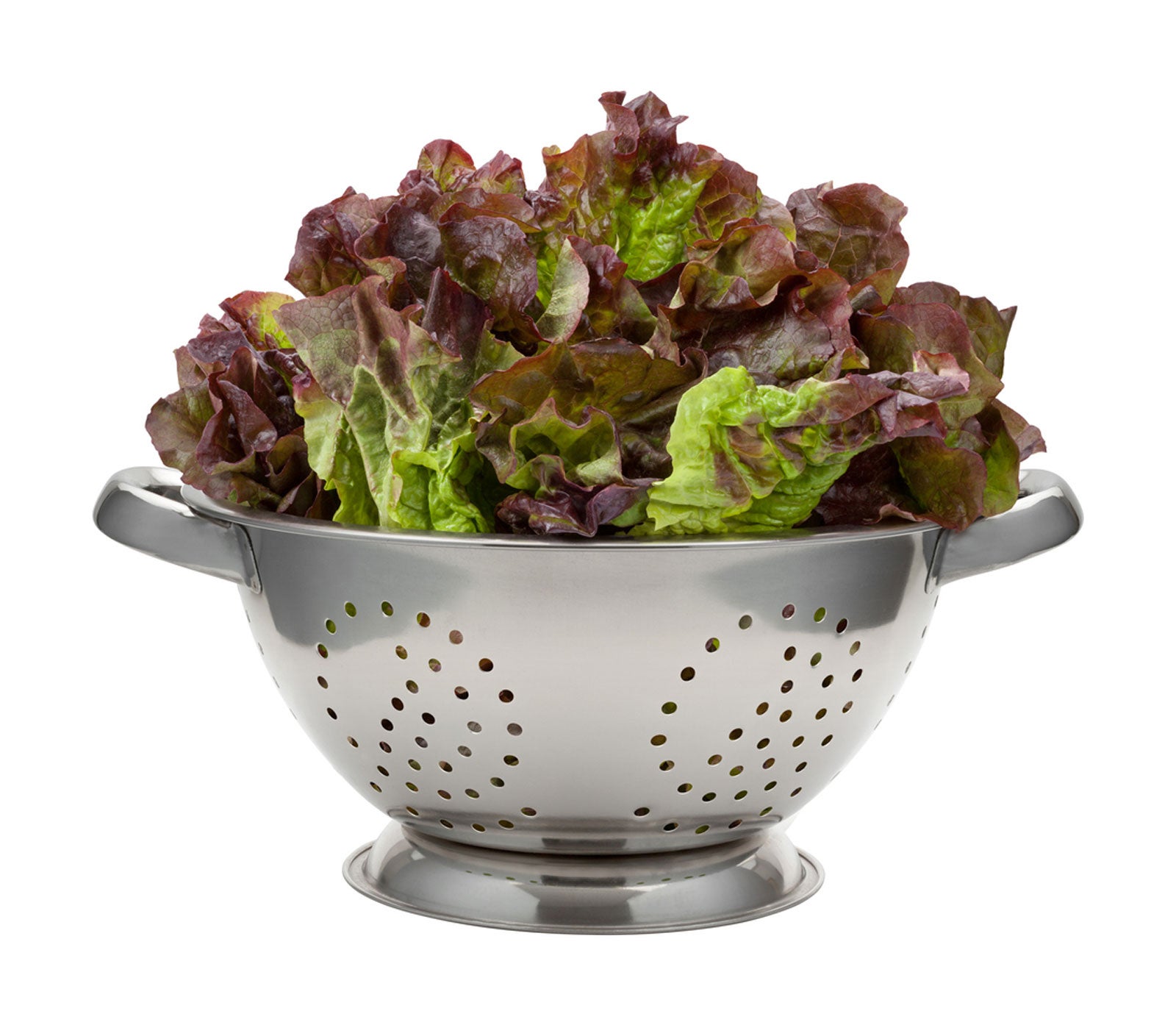Devil’s Tongue Red Lettuce: Growing A Devil’s Tongue Lettuce Plant


Are you in the mood for a variety of lettuce with a unique color, shape, and that’s tasty to boot? Then look no further than Devil’s Tongue red lettuce, a distinctly colored, loose growing variety that’s delicious eaten young or fully mature. Keep reading to learn more about growing the lettuce ‘Devil’s Tongue’ plant.
What is Devil’s Tongue Red Lettuce?
Originally bred by Frank and Karen Morton at Wild Garden Seed, the lettuce variety known as “Devil’s Tongue” is actually made up of multiple lines of visually similar but genetically diverse lettuces, resulting in a variety that’s strong against disease and other problems.
Mature varieties are all but identical, the only distinguishing factor is seed color, with some coming in white and some in black. The Devil’s Tongue lettuce plant is named for its red color and long, ovular shape, both of which are unusual for Romaine varieties.
The plant forms loose heads of long, tapering leaves that begin a shade of bright green and quickly blush to a deep crimson that spread from the edges almost all the way to the heart of the plant. These heads usually grow to a height of 6 to 7 inches (15-18 cm.).
How to Grow Devil’s Tongue Lettuce
Devil’s Tongue lettuce plants grow best in cool weather, which is also when they achieve their deepest shades of red and, as such, they are ideal as a spring or autumn crop. Sow seeds as you would for any lettuce, directly in the ground either as soon as the soil is workable in the spring, or late in the summer for autumn and winter growing.
Seeds can also be started indoors four to six weeks before transplant. The plants take 55 days to reach maturity and, while they are excellent picked young for baby greens, they are especially good if allowed to grow to their full size.
When the plants are harvested mature, the leaves have a pleasant buttery texture and the hearts, when split open, are succulent in flavor with a beautiful mixture of red and green pigment.
Sign up for the Gardening Know How newsletter today and receive a free copy of our e-book "How to Grow Delicious Tomatoes".

The only child of a horticulturist and an English teacher, Liz Baessler was destined to become a gardening editor. She has been with Gardening Know how since 2015, and a Senior Editor since 2020. She holds a BA in English from Brandeis University and an MA in English from the University of Geneva, Switzerland. After years of gardening in containers and community garden plots, she finally has a backyard of her own, which she is systematically filling with vegetables and flowers.